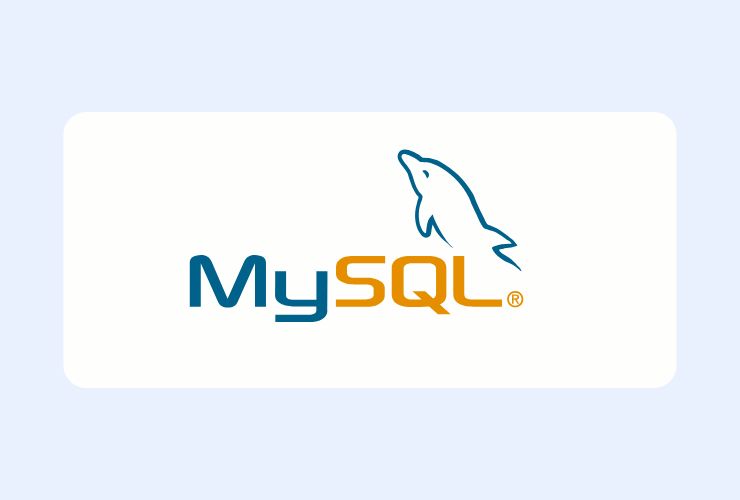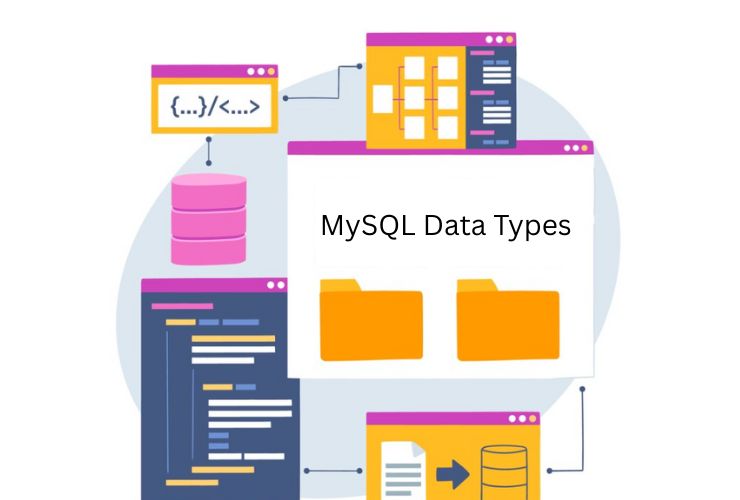In a relational database environment such as MySQL, views can be an effective and useful option. They are basically virtual tables that make it easier for you to encapsulate intricate queries and represent information in a better, more reusable way. Though they do not actually store information, views are a dynamic interface between your applications and your database tables that simplify logic management, enforce security, and optimize performance.
This article will discuss when and why to utilize MySQL views, how they function, and what to keep in mind when using them effectively.
What is a MySQL View?
A MySQL view is a stored query that exists as a virtual table. It allows you to create a specific view of one or more of your current tables. When the view is queried, MySQL executes the underlying SELECT statement and returns the results in the form of a table. This enables you to reuse query logic without the repetition of doing it again and again within your application or reports.
Why Use Views in MySQL?
1. Simplifying Complex Queries
Instead of typing and managing lengthy, multi-join queries each time you want to retrieve particular data, a view allows you to wrap up that logic. This improves your SQL to be cleaner and more maintainable.
2. Making It Readable and Maintenable
Views abstract away intricate logic, making your queries easier to understand for analysts and developers. You can have descriptive view names mirroring the purpose of the data, enhancing clarity between teams.
3. Enhancing Security and Access Control
Rather than giving direct access to sensitive tables, you can give users access to views that reveal only the fields required. This provides an additional layer of protection and lessens the risk of exposing data without permission.
4. Data Consistency
If several parts of a reporting system or application share the same business logic, views provide consistency. A change to the logic can be accomplished in one location—the definition of a view—without updating each individual query.
5. Legacy Integrations
When applications are based on older table structures, views can be employed to display data in the needed structure, even if the underlying schema has been modified.
Best Practices for Utilizing Views
In order to achieve the greatest advantages in using views, certain key practices must be followed:
Maintain views purposeful and focused. Refrain from overloading one view with unrelated data or logic. Each view must have a distinct, clear purpose.
Don’t nest views too deeply. Nesting views within other views can lead to performance problems and troubleshooting difficulties. Use shallow hierarchies whenever possible.
Make sure performance is tested. Opinions don’t necessarily make queries faster. Actually, very complicated views can hurt performance if they’re not properly optimized. Use indexes on the base tables and test how the view performs under load.
Use views for data abstraction, and not for storage. Don’t forget that views are dynamic and depend on the base tables. Avoid using them in place of materialized data unless you’re using caching or summary tables in another place.
Couple with proper user permissions. Grant who can use which views and what they may do with them. This enables you to supply access when it is needed without undermining data security.
Limitations of MySQL Views
Although views provide numerous advantages, they have some restrictions to remember:
- Views can’t be directly indexed. What this implies is that performance is largely dependent on the indexes of the base tables.
- Not every view is updateable. Views that contain joins, groupings, aggregations, or subqueries may not support data changes.
- Views don’t hold data. Because they run the underlying query each time, in certain situations they may be slower than looking at a pre-aggregated or cached set of data.
- Debugging view-based logic may be harder if highly nested or overly abstracted.
When to Avoid Views
Views are not necessarily the best solution for every problem. If you must do extremely high-performance reporting or dashboards with lots of heavy aggregations, make use of materialized summaries or caching layers. Likewise, don’t use views when there is a need for real-time performance and the view includes complex logic or large multiple joins.
Conclusion
MySQL views are an efficient means of simplifying SQL logic, maintainingability, and access control. Used appropriately, they can make development easier, more secure, and make your database design stronger and transparent. As with any tool, however, they must be applied with intent and an understanding of their limitations. Following best practices and a comprehension of their strengths, MySQL views can be an integral component to your database optimization plan.














